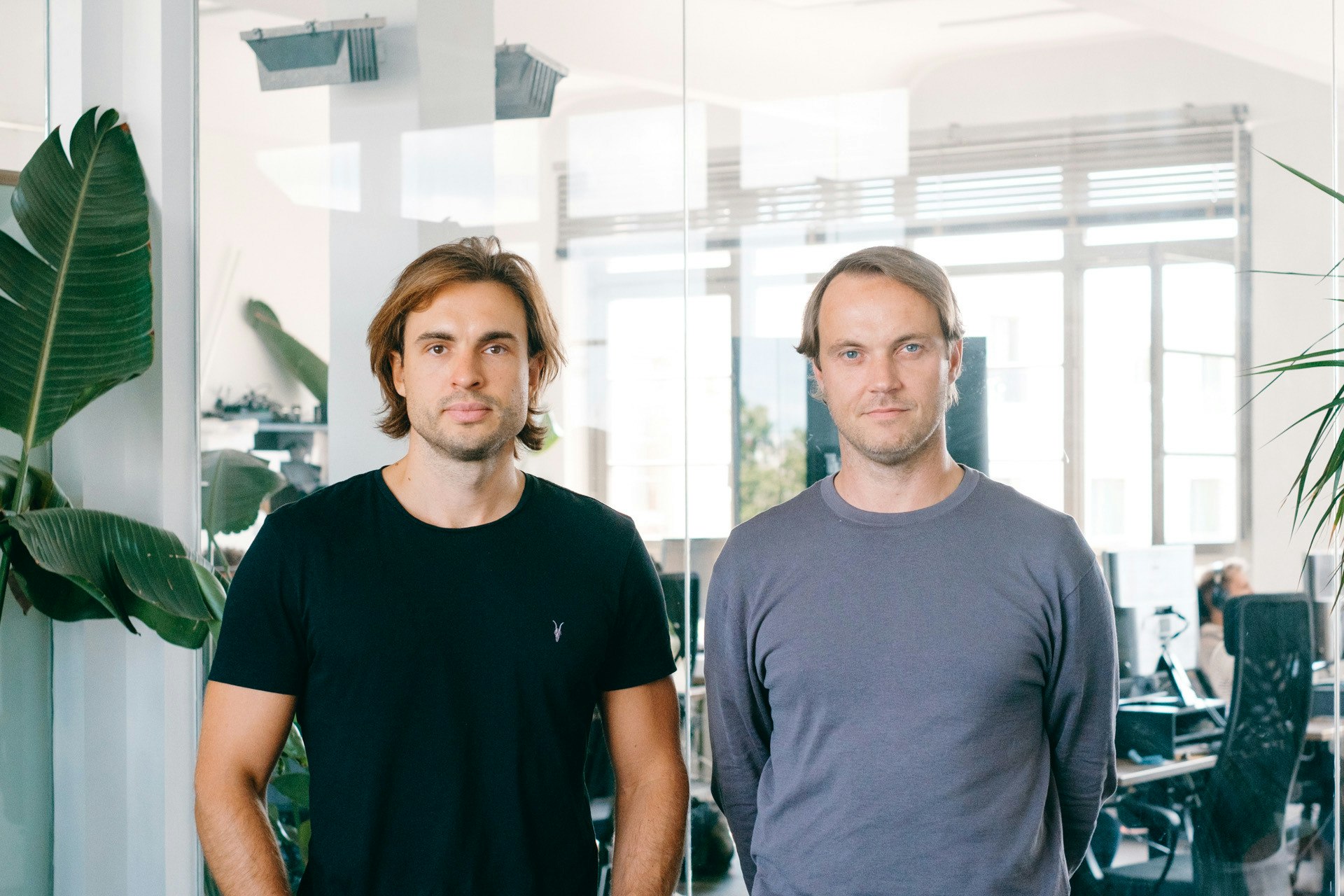It’s become a commonplace exercise in some financial sectors — notably private equity — for investors to analyse the effect climate change will have on their portfolios. VC, however, has been late to the game.
“Perhaps this is a result of a perception that the tech sector, with fewer physical assets, is less exposed to physical climate and transition risk,” speculates Elodie Broad, head of ESG at VC Balderton.
At the start of 2023, the World Economic Forum laid out the greatest risks it thinks investors will face in the next 10 years. The top four are all related to climate change: failure to mitigate climate change, failure to adapt, extreme weather cycles and ecosystem collapse.
Ten years is also, as Broad points out, the average tenure period of a VC fund. Earlier this year, Balderton began assessing the risk of climate change to its portfolio — becoming one of the first VC firms to do so.
“We have a fiduciary duty to better understand the climate risks our portfolio is exposed to and to manage it accordingly,” says Broad. “We also believe that an understanding of those potential financial impacts makes us better investors.”
Although not a VC firm, another startup investor looking at climate risk is Sweden’s Kinnevik, a listed investment company. Its portfolio includes companies like TravelPerk, Pleo and Omio.
In 2020, Kinnevik started incorporating climate risk into its broader risk management assessment. “I think that there is a risk that there is some exposure to climate risk that is not fully understood in the market,” says Mikaela Kramer, who works on sustainability strategy at Kinnevik. “Not enough investors have done this exercise.”
So how do you analyse climate risk?
Kinnevik undergoes a risk management process every year, focused on things like financing risk, liquidity risk and portfolio concentration risk. It was Kinnevik’s board that asked for climate risk to be included.
“We had workshops where they had to go through all of the companies and look at them from two future possible climate scenarios,” says Kramer — the first was 1.5 degrees of heating (the goal set by governments in the Paris Agreement in 2015 to limit warming), the second was four degrees of heating, which scientists predict would bring extreme weather and mass displacement.
We have a fiduciary duty to better understand the climate risks our portfolio is exposed to
The team then broke down the Kinnevik portfolio into sectors: healthtech, food companies, telecoms (Kinnevik’s largest investment is in Swedish telecoms giant Tele2) and digital businesses. The first three sectors will be affected by physical exposure to climate change — including extreme weather, flooding and heating along their supply chains.
Kinnevik plans to work on a more in-depth analysis later this year on which assets and supply chains could be hit and put a monetary figure on the potential loss. It’s using a tool called Climanomics, owned by S&P Global, which uses environmental data to analyse the risk to different assets and geographies.
Digital businesses don’t tend to have many physical assets that could be exposed to a changing climate. For those companies, Kramer says she thinks one of the biggest risks is market reputation, as increasingly eco-conscious consumers choose brands based on their green credentials.
Climate change and digital businesses
VC firm Balderton’s portfolio mainly consists of asset-light, digital startups. Its climate risk process is similar to Kinnevik’s. It uses publicly available climate risk information to analyse the central risks to key sectors in its portfolio.
“We then conduct scenario analysis to understand the financial impact of 1.5, 2 and 3-degree climate scenarios on our portfolio,” says Broad. Balderton worked out the risks in the short-term (2030), the medium-term (2040) and long-term (2050).
It should be embedded into existing risk management processes, don’t silo it off
Balderton’s analysis is still ongoing but Broad has some preliminary conclusions. “Digital business models linked to physical assets have the greatest exposure to transition risks, as those are the ones with the greatest carbon footprints,” she says — meaning they’re exposed to the potential of a carbon tax, which would increase companies' operating costs.
Climate change will also affect entirely digital business models, she says. In the July 2022 heatwave in the UK, cooling system meltdowns affected Google and Oracle’s data centres in London, for example.
All companies, digital or otherwise, could also face increased environmental reporting requirements which take up financial resources.
Advice from the early movers
So what advice do the early movers have for the rest of the industry? “It should be embedded into existing risk management processes, don’t silo it off,” says Kinnevik’s Kramer. Treating it separately could result in the topic being given less weight than typical financial risks.
It’s also important that the scenarios modelled follow evolving scientific consensus, she says — and that they come to incorporate things like biodiversity risk, fast-becoming the next frontier for corporate reporting standards.
And although the activity is about modelling future scenarios, it’s important to remember that the effects of climate change are already being felt, she says: “There is value at risk today.”


